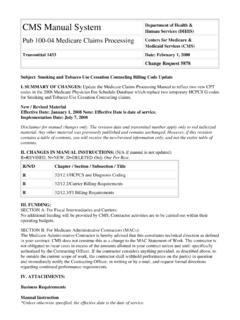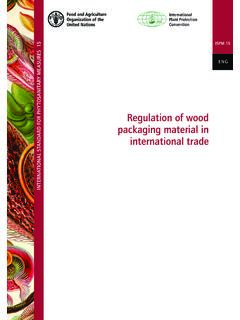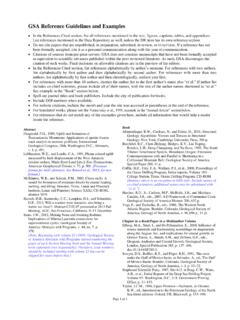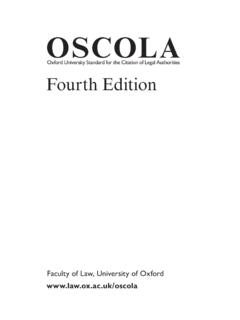Transcription of Life Application Bible Studies: Acts - Tyndale House
1 ActslifeffffStudiesffffs and features from the ffffPart 2:Thirteen lessons for individual or group studyStudy questions written and edited byRev. David R. VeermanDr. James C. GalvinDr. Bruce B. BartonDaryl J. LucasTyndale House Publishers, Stream, IllinoisNew iii8/28/2008 9:44:43 AM8/28/2008 9:44:43 AMVisit Tyndale s exciting Web site at Living Translation, NLT,the New Living Translation logo, and Life Application are registered trademarks of Tyndale House Publishers, Application Bible Studies: ActsCopyright 1999, 2008 by Tyndale House Publishers, Inc., Carol Stream, Illinois 60188. All rights Application notes and features copyright 1988, 1989, 1990, 1991, 1993, 1996, 2004 by Tyndale House Publishers,Inc.
2 , Carol Stream, Illinois 60188. Maps in text copyright 1986, 1988 by Tyndale House Publishers, Inc. All photograph copyright by Jacob Wackerhausen/iStockphoto. All rights text of Acts is from the Holy Bible , New Living Translation, copyright 1996, 2004, 2007 by Tyndale House Foundation. All rights text of the Holy Bible ,New Living Translation, may be quoted in any form (written, visual, electronic, or audio) up toand inclusive of fi ve hundred (500) verses without express written permission of the publisher, provided that the versesquoted do not account for more than 25 percent of the work in which they are quoted, and provided that a completebook of the Bible is not theHoly Bible , New Living Translation, is quoted, one of the following credit lines must appear on the copyright page or title page of the work.
3 Scripture quotations are taken from theHoly Bible ,New Living Translation, copyright 1996, 2004, 2007 byTyndale House Foundation. Used by permission of Tyndale House Publishers, Inc., Carol Stream, Illinois 60188. All rights otherwise indicated, all Scripture quotations are taken from the Holy Bible ,New Living Translation, copyright 1996, 2004, 2007 by Tyndale House Foundation. Used by permission of Tyndale House Publishers, Inc., Carol Stream, Illinois 60188. All rights quotations marked NLT are taken from theHoly Bible ,New Living Translation, copyright 1996, 2004,2007 by Tyndale House Foundation. Used by permission of Tyndale House Publishers, Inc.
4 , Carol Stream, Illinois 60188. All rights quotations from the NLT text are used in nonsalable media, such as church bulletins, orders of service, news-letters, transparencies, or similar media, a complete copyright notice is not required, but the initials NLT must appearTat the end of each in excess of fi ve hundred (500) verses or 25 percent of the work, or other permission requests, must be approved in writing by Tyndale House Publishers, Inc. Send requests by e-mail to: or call 630-668-8300, ext. of any commentary or other Bible reference work produced for commercial sale that uses the New LivingTranslation requires written permission for use of the NLT : 978-1-4143-2562-0 ISBN-10: 1-4143-2562-2 Printed in the United States of America14 13 12 11 10 09 087 6 5 4 3 2 iv8/28/2008 9:44:43 AM8/28/2008 9:44:43 AMCONTENTSvii A Note to Readersiix Introduction to the New Living Translationxxv Why the vLife Application Study BibleIs Uniqueexvii What Is Application ?
5 Ixix Features of thexLife Application Study Bible3 ACTS from the 3 Life Application Study Bible85 How to Use This Bible Study587 Lesson 1:7 Spreading like Wildfi reActs Introduction91 Lesson 2:Turning On the PowerActs 1:1 2:4795 Lesson 3:5 Speak Up!Acts 3:1 4:3199 Lesson 4:9 Famous Last WordsActs 4:32 8:1a103 Lesson 5:3It Takes All KindsActs 8:1b 10:48107 Lesson 6:7A Night SurpriseActs 11:1 12:25111 Lesson 7:Bringing Out the BestActs 13:1 14:28115 Lesson 8:5 Coming TogetherActs 15:1-35119 Lesson 9:9 Land of OpportunitiesActs 15:36 18:23123 Lesson 10:3 New WorthActs 18:24 21:14127 Lesson 11:7 Don t Confuse Me with the FactsActs 21:15 23:22131 Lesson 12:Follow the LeaderActs 23:23 26:32135 Lesson 13:5He s Got the Whole World in His HandsActs 27:1 28 v8/28/2008 9:44:43 AM8/28/2008 9.
6 44:43 AMA NOTE TO READERSThe Holy Bible ,New Living Translation, was first published in 1996. It quickly becameone of the most popular Bible translations in the English-speaking world. While the NLT sinfluence was rapidly growing, the Bible Translation Committee determined that an addi-tional investment in scholarly review and text refinement could make it even better. Soshortly after its initial publication, the committee began an eight-year process with thepurpose of increasing the level of the NLT s precision without sacrificing its easy-to-understand quality. This second-generation text was completed in 2004 and is reflectedin this edition of the New Living Translation.
7 An additional update with minor changes wassubsequently introduced in goal of any Bible translation is to convey the meaning and content of the ancientHebrew, Aramaic, and Greek texts as accurately as possible to contemporary readers. Thechallenge for our translators was to create a text that would communicate as clearly andpowerfully to today s readers as the original texts did to readers and listeners in the ancientbiblical world. The resulting translation is easy to read and understand, while also accu-rately communicating the meaning and content of the original biblical texts. The NLT is ageneral-purpose text especially good for study, devotional reading, and reading aloud inworship believe that the New Living Translation which combines the latest biblical scholar-ship with a clear, dynamic writing style will communicate God s word powerfully to allwho read it.
8 We publish it with the prayer that God will use it to speak his timeless truth tothe church and the world in a fresh, new PublishersOctober vii8/28/2008 9:44:43 AM8/28/2008 9:44:43 AMINTRODUCTION TO THENEW LIVING TRANSLATIONT ranslation Philosophy and MethodologyEnglish Bible translations tend to be governed by one of two general translation theories. The first theory has been called formal-equivalence, literal, or word-for-word trans-lation. According to this theory, the translator attempts to render each word of the original language into English and seeks to preserve the original syntax and sentence structure as much as possible in translation.
9 The second theory has been called dynamic-equivalence, functional-equivalence, or thought-for-thought translation. The goal of this translation theory is to produce in English the closest natural equivalent of the message expressed by the original-language text, both in meaning and in of these translation theories have their strengths. A formal-equivalence translation preserves aspects of the original text including ancient idioms, term consistency, and original-language syntax that are valuable for scholars and professional study. It allows a reader to trace formal elements of the original-language text through the English trans-lation.
10 A dynamic-equivalence translation, on the other hand, focuses on translating the message of the original-language text. It ensures that the meaning of the text is readily ap-parent to the contemporary reader. This allows the message to come through with immedi-acy, without requiring the reader to struggle with foreign idioms and awkward syntax. It also facilitates serious study of the text s message and clarity in both devotional and public pure Application of either of these translation philosophies would create translations at opposite ends of the translation spectrum. But in reality, all translations contain a mixture of these two philosophies.
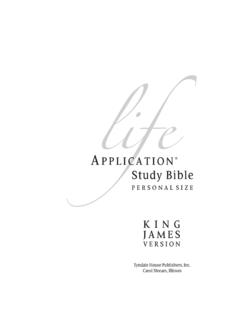
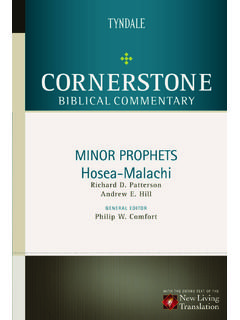
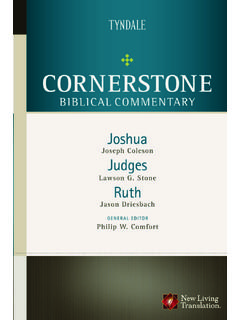
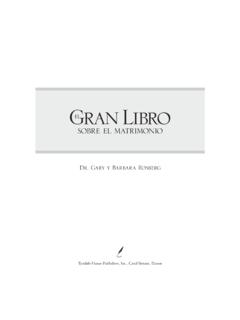
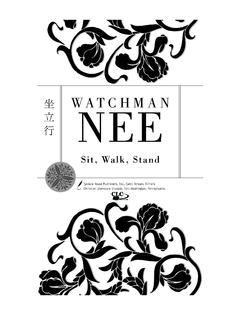
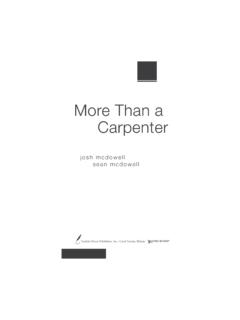
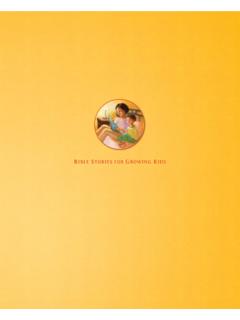
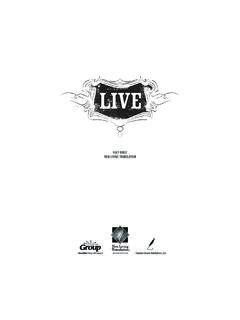
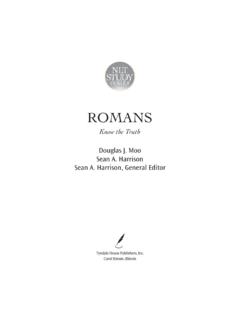
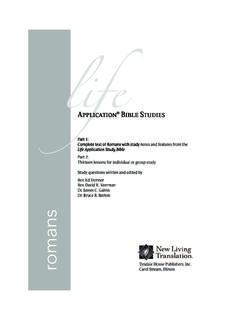
![Untitled-1 [law.resource.org]](/cache/preview/5/7/4/1/9/d/0/6/thumb-57419d063accc5de244c3e515ce50a2c.jpg)
